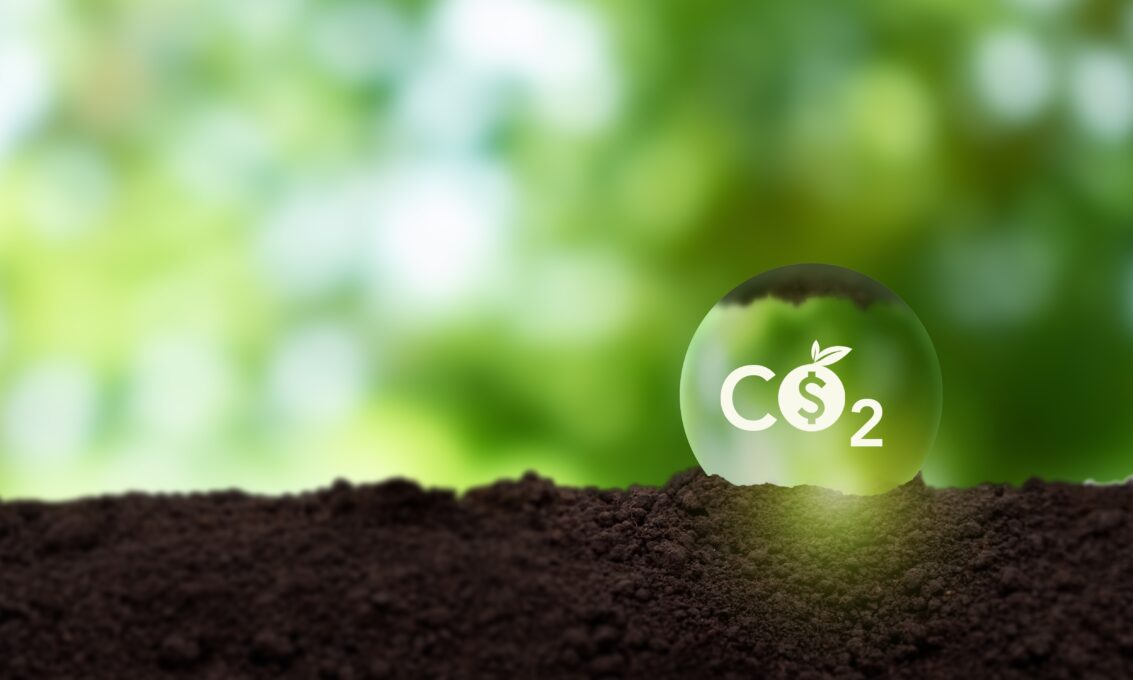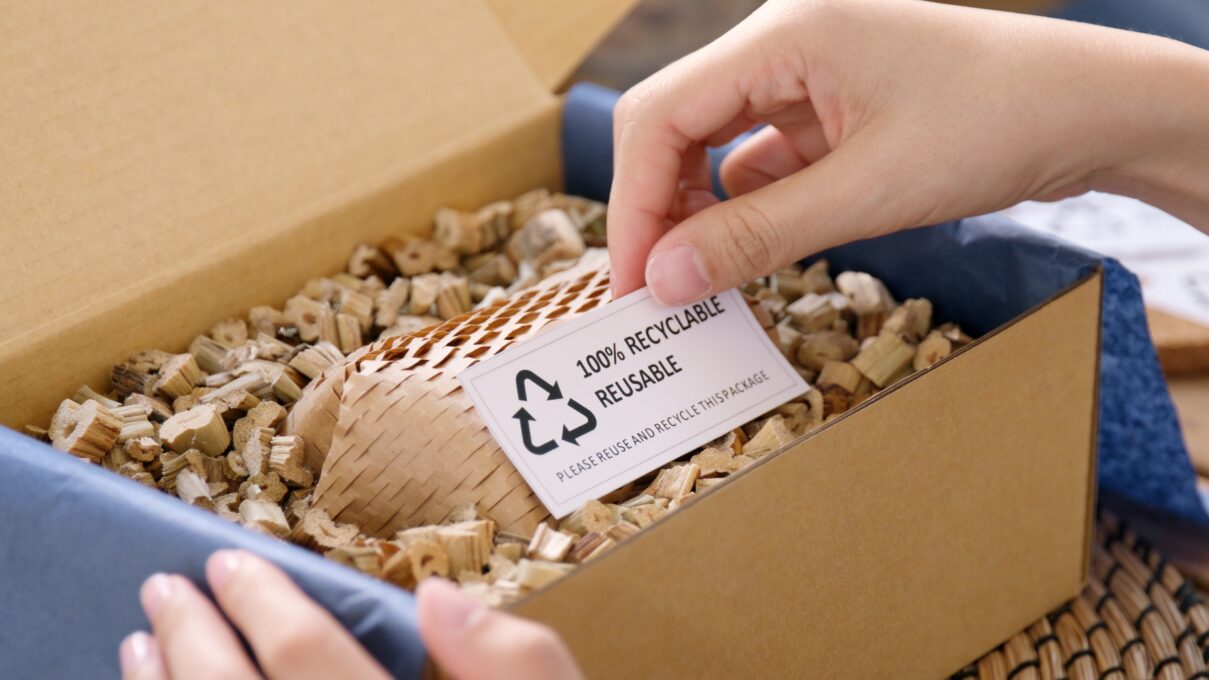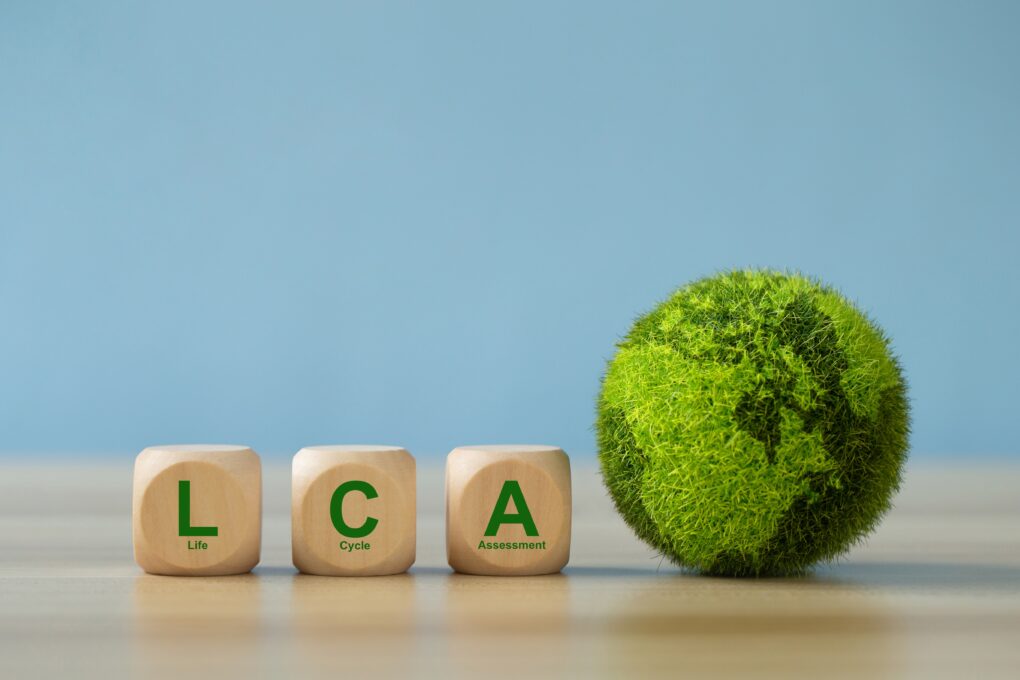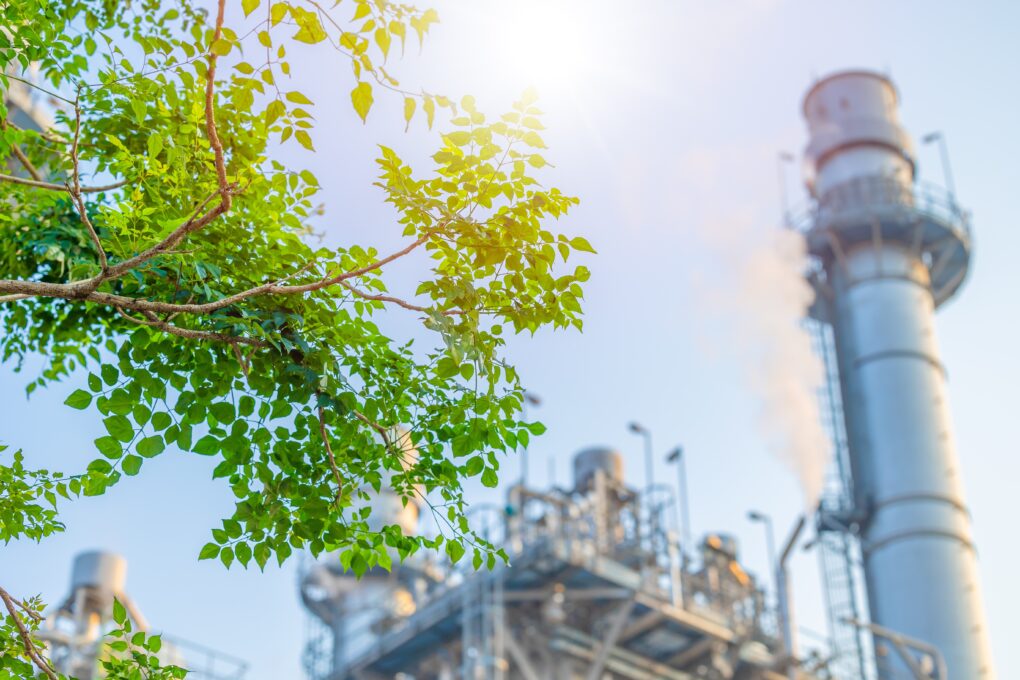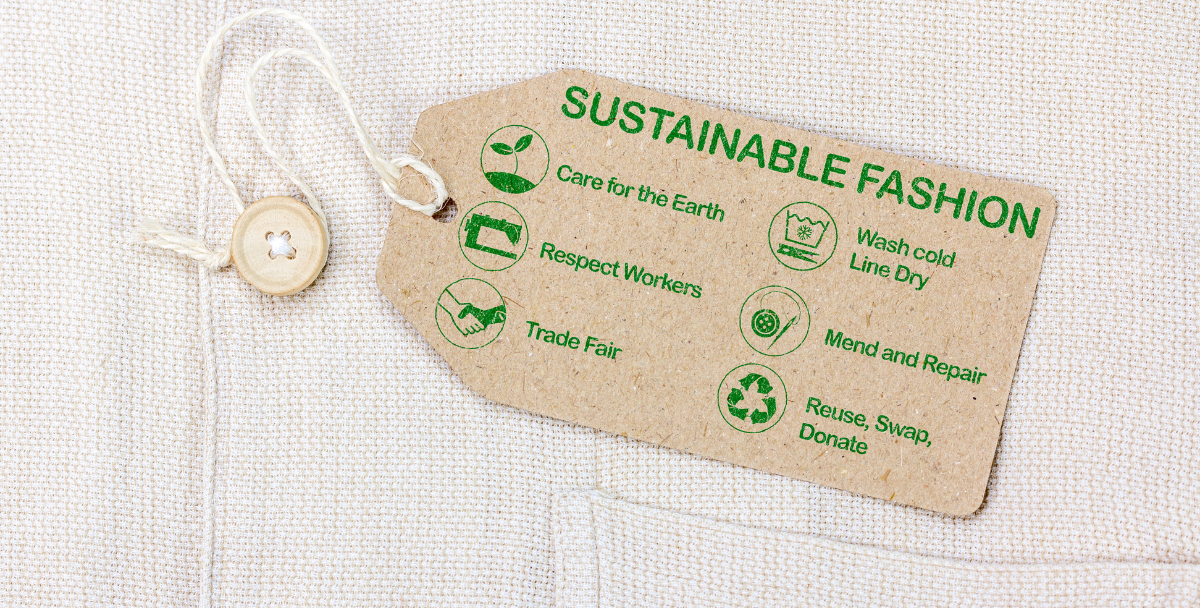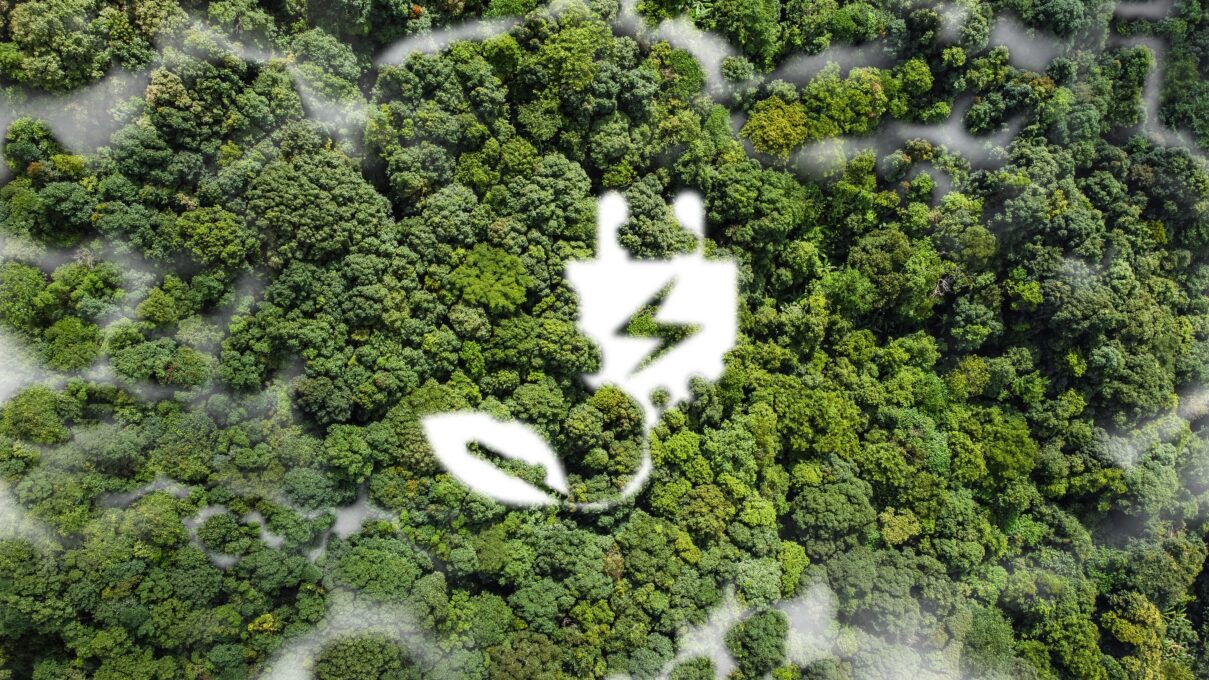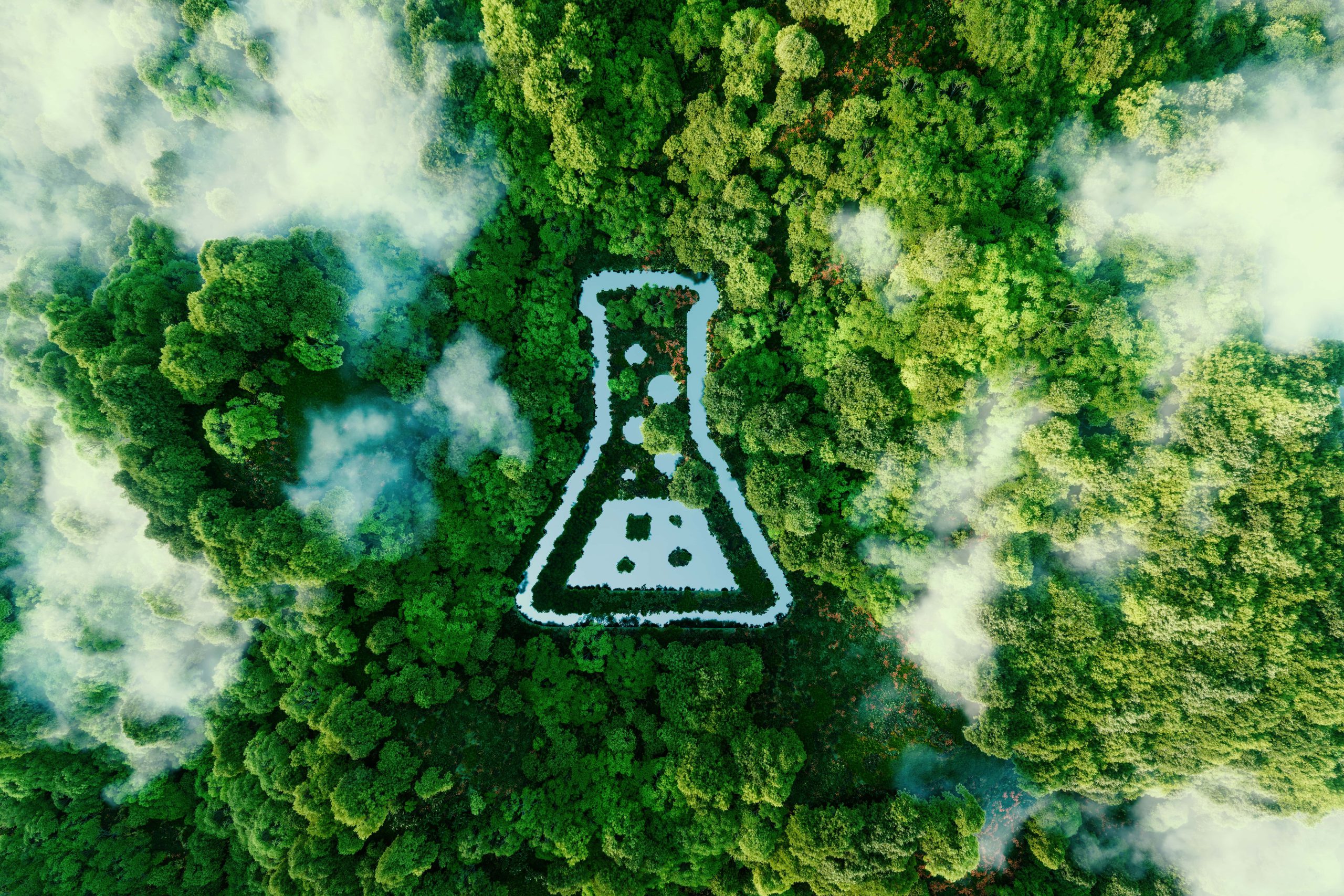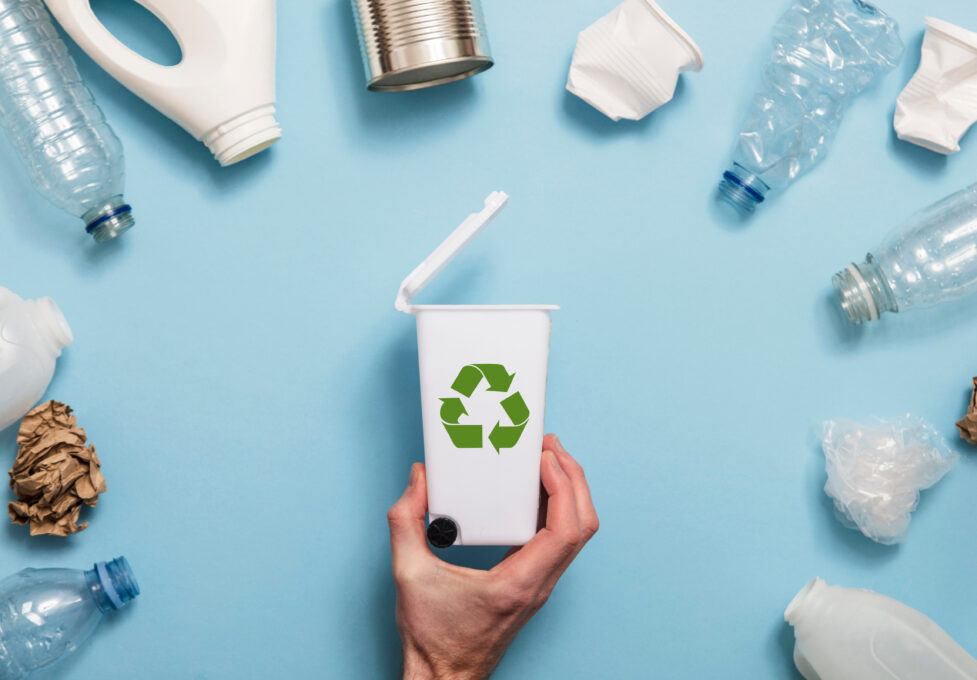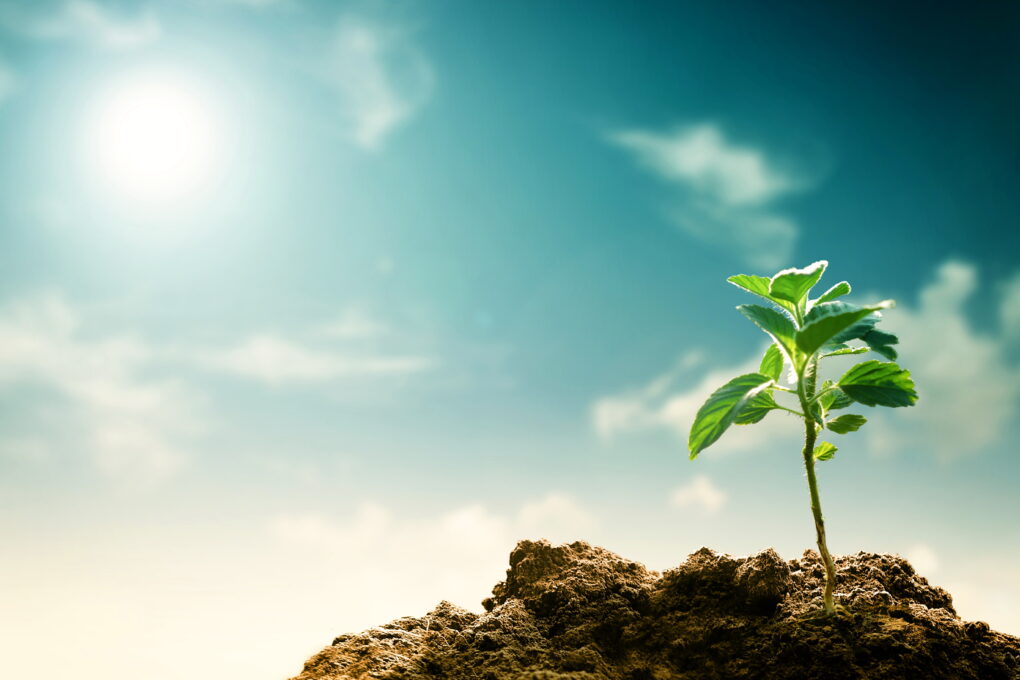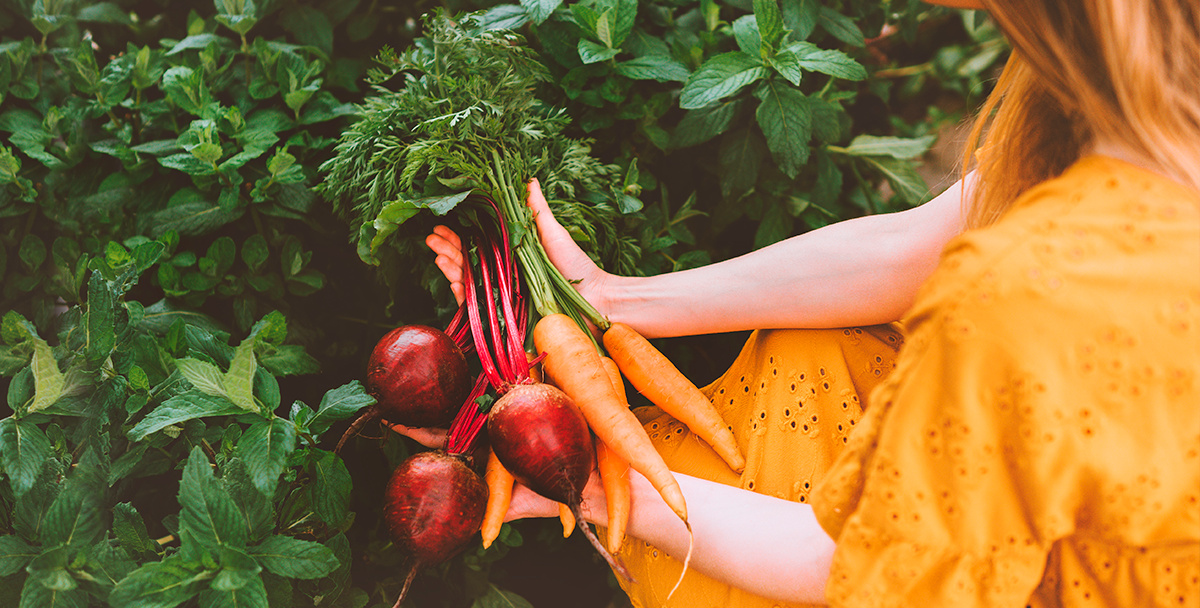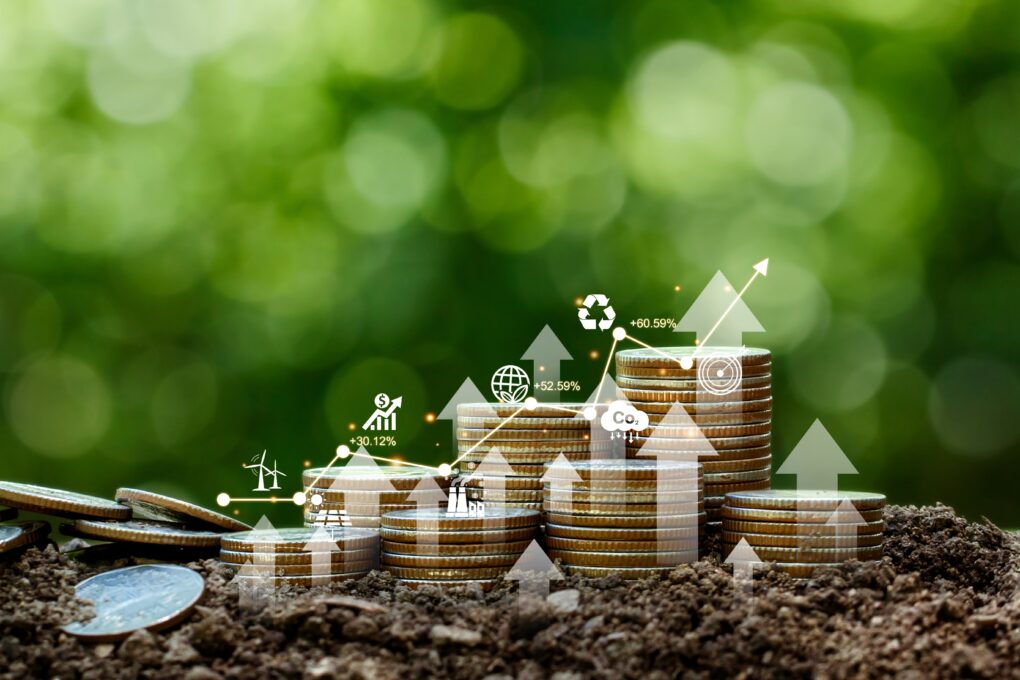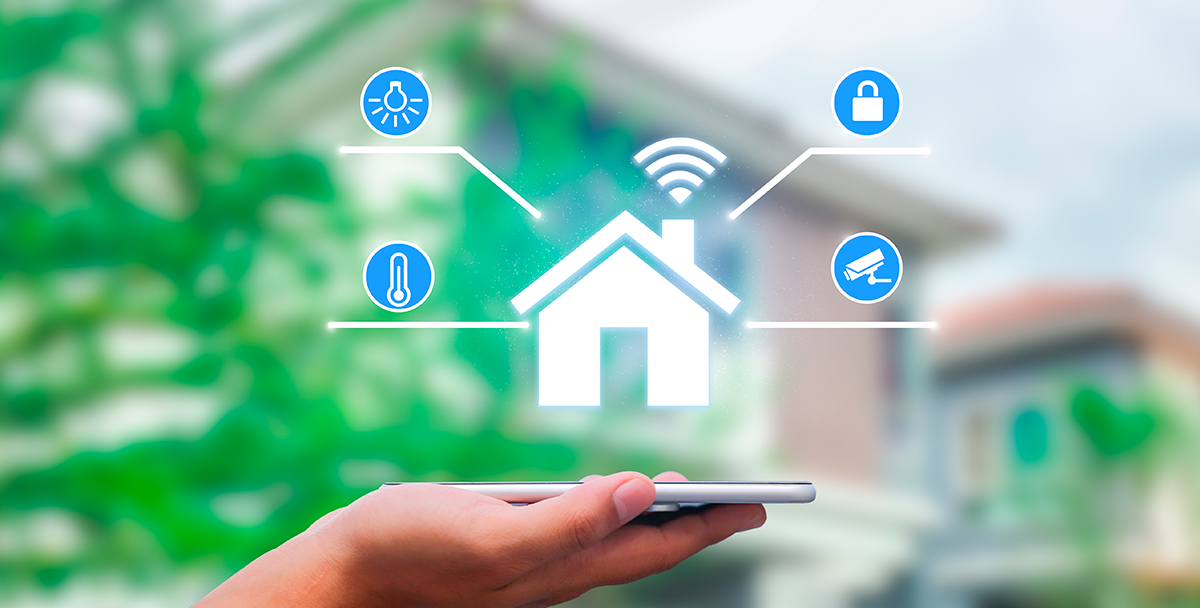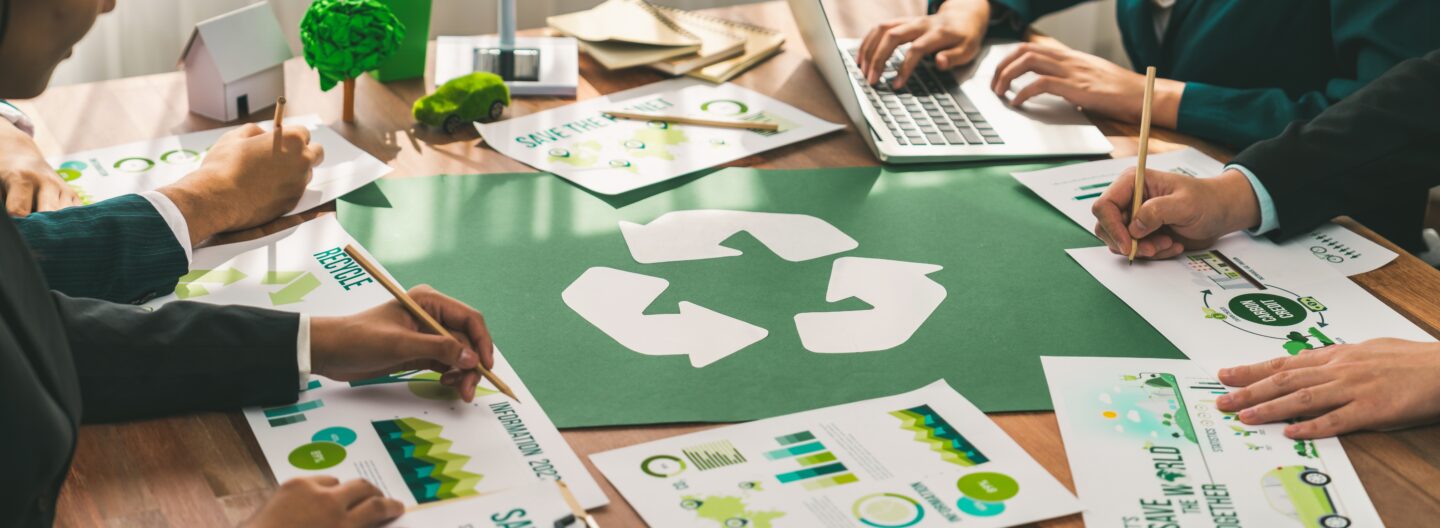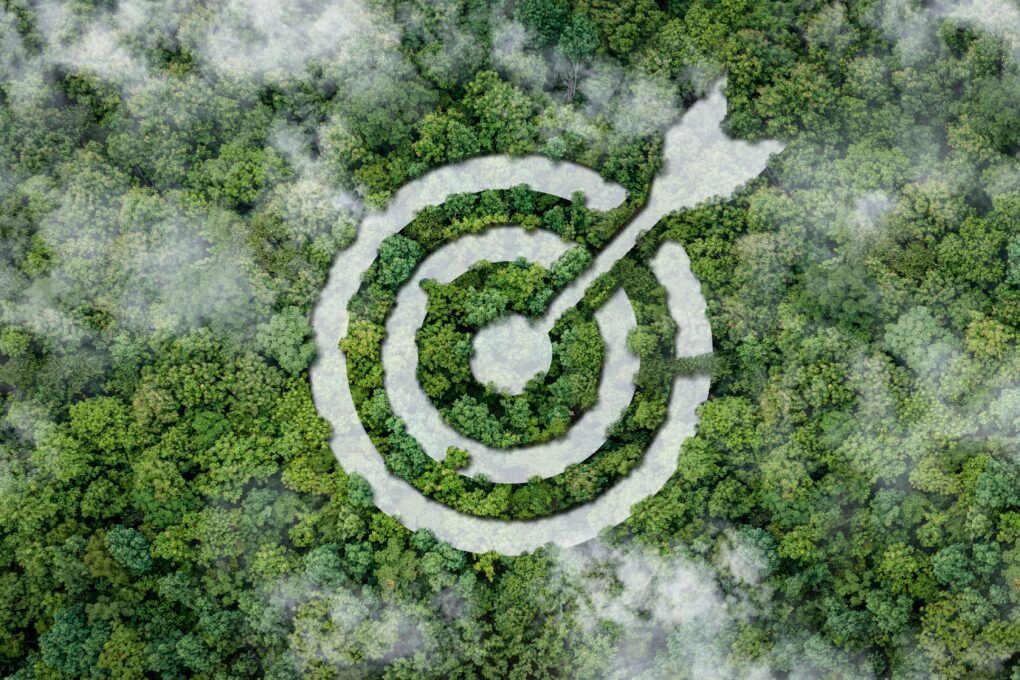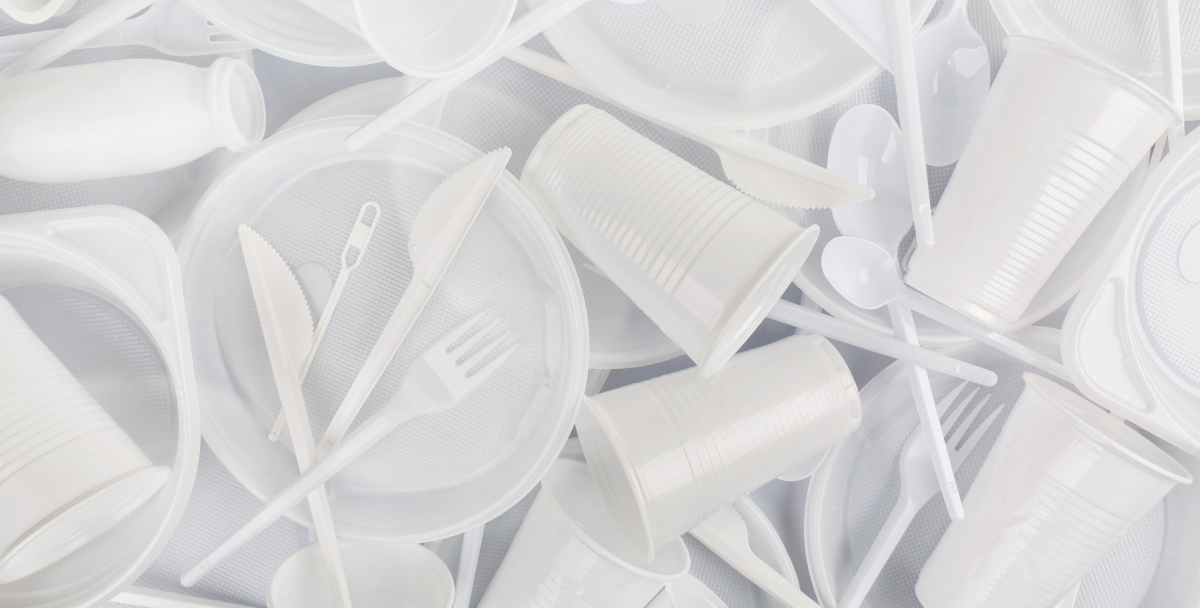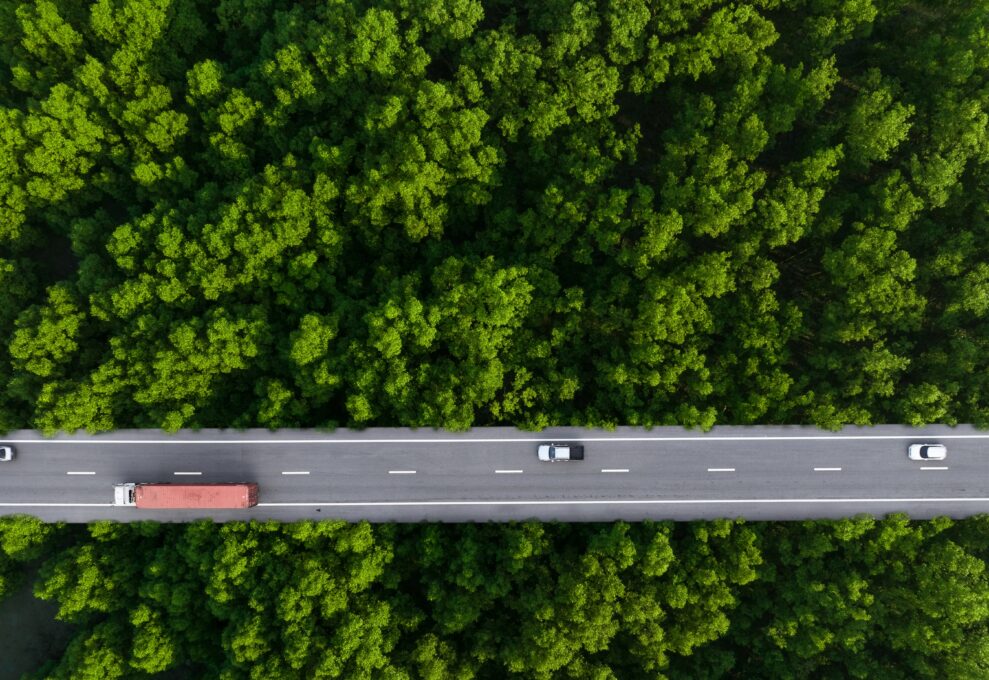Sustainable packaging
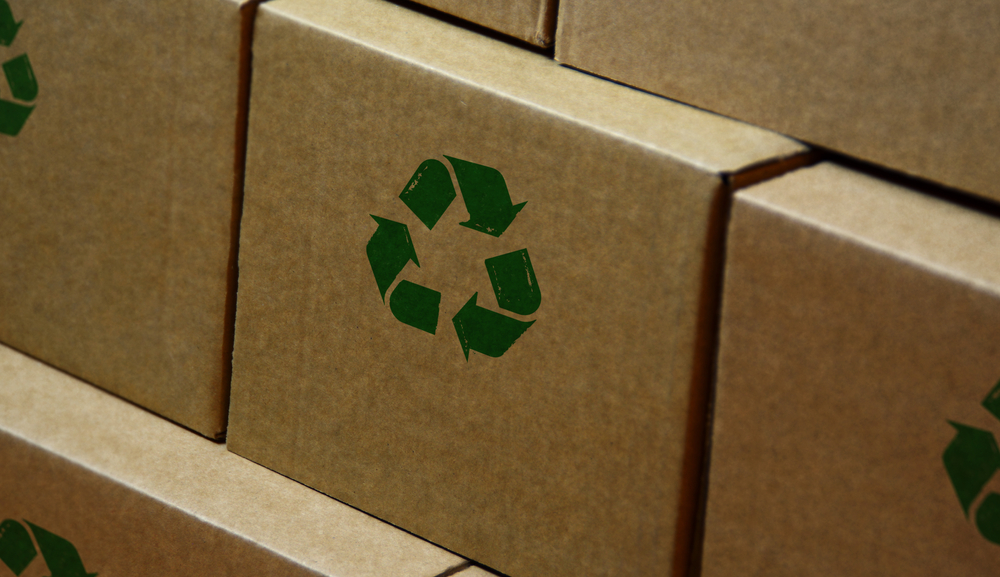
Packaging. That thing that is part of our everyday lives, yet increasingly pollutes and damages our planet. But with the rise of awareness about this problem, sustainable packaging emerges as a hero. But is it truly different from conventional packaging?
One package at a time
Packaging quietly safeguards our food from waste, ensures products arrive intact during long journeys, and adds convenience to our busy lives. Yet, in this convenience and protection it offers, lies a hidden challenge – what happens to all that packaging after we’ve used it?
In our everyday lives, it’s easy to overlook what happens with our packaging once we have already used it. But as environmental concerns continue to rise, it’s becoming increasingly clear that our current approach to packaging is not sustainable in the long run. Consequently, the materials we rely on for packaging often end up littering our landscapes, clogging our waterways, and harming wildlife.
With each passing day, the urgency to address these environmental issues grows stronger. It’s time for us to pause and reconsider how we package our goods. Can we find ways to maintain the benefits of packaging while limiting its impact on our planet?
The answer lies in using sustainable packaging. This means reimagining the entire lifecycle of packaging materials, from production to disposal. It’s also about finding innovative solutions that focus on environmental responsibility without compromising functionality or affordability.
As we as consumers become increasingly eco-conscious, there’s a growing demand for products packaged in an environmentally friendly way. Companies are taking notice and responding with commitments to reduce their packaging footprint and explore greener alternatives.
But the journey towards sustainable packaging isn’t a journey one organization alone can take. It requires collaboration and innovation across people and industries.
The packaging problem
Let’s think about the time when we go to do our groceries. We pick the products we like and need and fill our cart. With each purchase we make, we bring home a large amount of goods, each one wrapped in its own packaging. So what happens to all that packaging once we’ve unpacked our groceries?
Sadly, in many cases, the packaging finds its way into the trash, destined for a one-way journey to the landfill. But even worse, a significant portion of it ends up in our oceans, where it destroys marine life and ecosystems.
However, the impact of single-use packaging is not limited to our oceans. Landfills overflow with discarded packaging materials, taking up valuable space and releasing harmful greenhouse gases. Meanwhile, the production of these materials contributes to deforestation, pollution, and climate change.
A global movement
Thankfully, the tide is turning, and a global movement toward sustainable packaging is gaining momentum. People from all walks of life and continents are waking up to the urgent need for change. What’s more, governments and businesses are also stepping up, recognizing their role in addressing the packaging crisis.
Governments around the world are taking action to combat packaging waste. Regulations are being introduced to limit the use of single-use packaging and promote more sustainable alternatives.
But businesses, whether big or small, are also playing their part in making strides toward sustainability. Organizations are rethinking their approach to packaging and making bold commitments to reduce their environmental footprint. So how are they doing it? By using recyclable materials, designing packaging for reuse, or investing in innovative biodegradable alternatives.
Challenges and solutions. Sutainable packaging
Transitioning to sustainable packaging is undoubtedly a respectable mission, but it’s not without its hurdles. The journey towards eco-friendliness presents a series of complex challenges that demand careful consideration and innovative solutions.
One of the most pressing challenges is striking the right balance between recyclability, cost-effectiveness, and convenience. While recyclable materials are a step in the right direction, they often come with higher production costs and may not offer the same level of convenience as their non-recyclable counterparts. This presents a dilemma for both producers and consumers alike – how do we focus on sustainability without sacrificing affordability or usability?
Besides, the path to sustainable packaging requires a collaborative effort from all parts involved in the packaging lifecycle. Each link in the chain must work together to develop and implement better solutions. This might mean opening communication and collaboration across industries.
Lastly, innovation will also play a crucial role in overcoming the challenges of sustainable packaging. Even if we talk about developing new materials that are both eco-friendly and cost-effective or designing packaging solutions that reduce waste and maximize usability, creativity and ingenuity will be key to finding sustainable solutions that work for everyone.
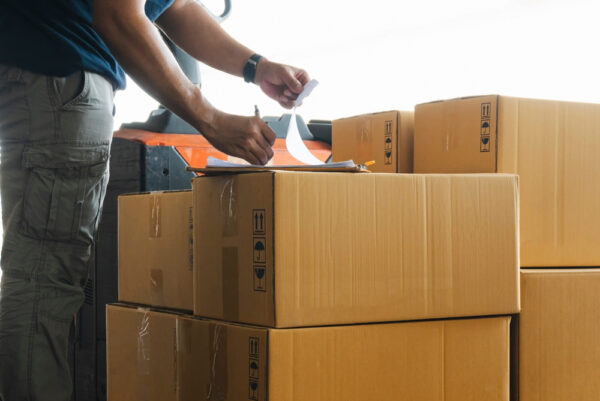
A three-part approach
Creating sustainable packaging isn’t a one-size-fits-all task. It requires an approach with different phases that addresses various aspects of the packaging lifecycle. That’s why we present this three-part strategy to face this challenge:
- Low-hanging fruit : We begin by targeting the “low-hanging fruit”, that is to say, the easy changes that can bring significant results with less effort. This involves simple measures like opting for lighter materials, such as thinner plastics or paperboard, which not only reduce the environmental impact of packaging but also cut down on transportation costs.Additionally, increasing the use of recycled content in packaging materials can help take waste away from landfills and reduce the demand for new resources. These small adjustments can add up to great reductions in environmental footprint without compromising on functionality or affordability.
- Tackling harder challenges: It’s time to tackle the more challenging aspects of sustainable packaging. This involves rethinking packaging design from the ground up to limit waste and maximize recyclability. For example, transitioning from multi-material packaging to mono-material solutions can simplify the recycling process and increase the possibility of materials being reused. Redesigning packaging using compostable materials, and exploring alternative packaging formats like reusable containers are all strategies that can help address these tougher challenges.
- System-level changes: Finally, we must recognize that achieving true sustainability in packaging needs broader changes beyond individual product design. By this we mean investing in improvements to recycling infrastructure, such as expanding recycling programs and investing in advanced recycling technologies that can process a wider range of materials. Last but not least, consumer education is also essential. Raising awareness about the importance of recycling, proper waste disposal, and the environmental impact of packaging can help drive behavior change and increase recycling rates. Also, advocating for policy changes that promote sustainable practices and getting rid of wasteful packaging can help create a more supportive environment for sustainable packaging initiatives.
Towards a greener future
Did you know all the good that sustainable packaging can do to our ailing planet? The benefits are clear, but our journey does not end here. Let’s not sit and relax. Let’s take an active role in driving positive change.
At Tradebe, we want to transmit the importance of each one of us in this transformation towards sustainability. But also, we point out the important role businesses play in achieving this goal. Let’s work together towards a greener future. If you’d like to know more about our services, please contact us. Our team of experts will be delighted to assist you.
